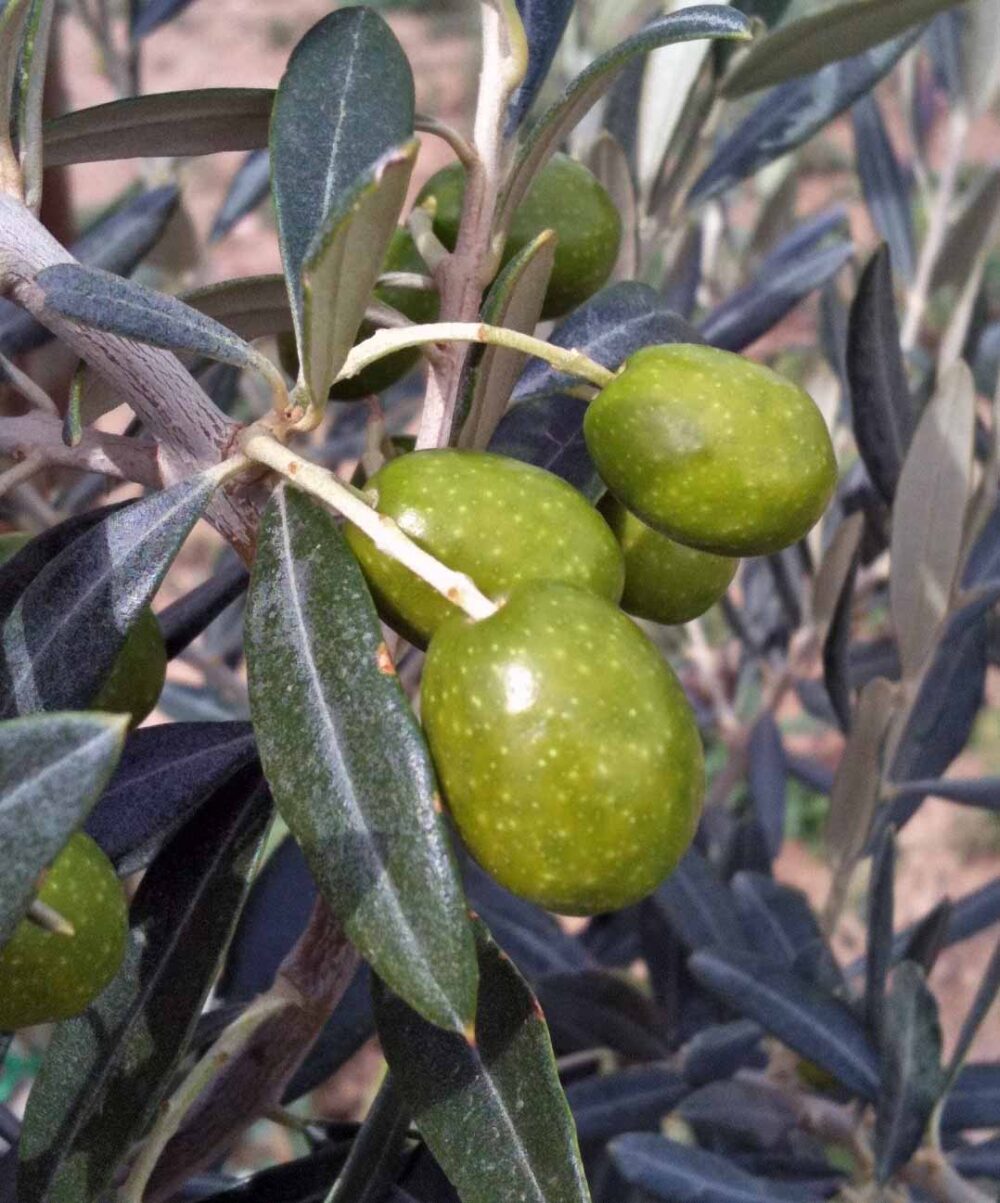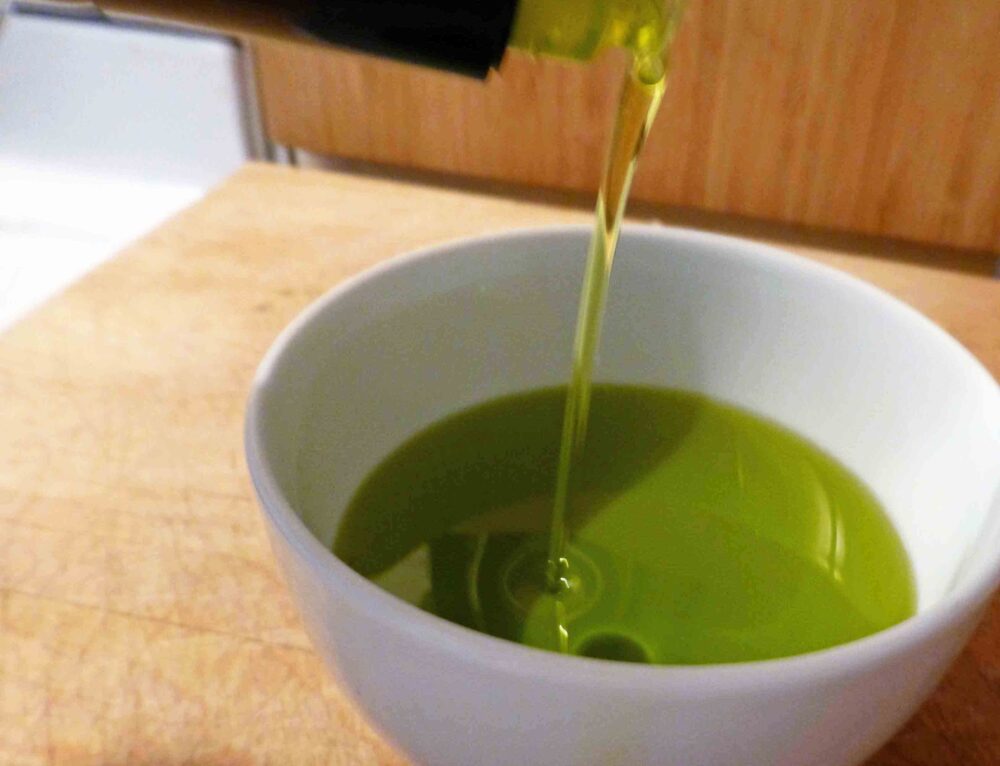Adam Waxman is an award winning travel journalist focusing on…
The world of olive oil is just as complicated as the world of wine. “Italy has some of the most beautiful products that anyone can imagine”, Elena Lepori tells me. “But we don’t get all those incredible products in North America.” This is why, along with her husband, Stefano, she founded the Toronto-based Lugano Fine Foods to source and import from small Italian producers the best olive oils, vinegars, pasta, and all things Italian.
Lepori is a professional olive oil taster. Having studied in Liguria, she has been tested for her ability to “sense” olive oil, and shares with me a few basic elements that we should all know.
“People still don’t know that olive oil is made with different varieties of olives,” says Lepori. There are as many different olives as there are grapes. Different cultivars from different regions yield different oils. In Italy alone, there are 700 varieties of different cultivars with varying flavour profiles and structures, as well as versatility in blending, and in pairing with food. According to Lepori, we must consider how to choose an olive oil as much as we do with wine.
The label assures traceability and trust.
“You have to read the label”, Lepori insists. If we can’t trace the olive oil back to the olive, that’s a problem, and in Canada the labeling is much less strict than in Italy. The label should tell us everything; but if it doesn’t tell us anything, that should tell us something too. “Product of Italy means nothing,” she tells me. It doesn’t necessarily mean the olives are even Italian. It merely means it is assembled in Italy, but it tells you nothing of the cultivar.
Italy is the largest seller of high quality olive oils.
Italy also exports more olive oil than it produces. It receives olive oil wholesale from Spain, Greece, and other Mediterranean countries. “How do these olives arrive in Italy?” Lepori asks. “Are they already pressed when shipped on a boat?” They may be full of oxidation and defects, and need to be re-cleaned and rectified by the big blenders that end up on supermarket shelves. Check the DOP (Protected Designation of Origin) or the IGP (Indication of Geographical Protection) to ensure the source, for example: Tuscany or Chianti. The label on the back of the bottle should state the producer, region, cultivar, harvesting date and expiry date. In big brand olive oils that we find in supermarkets we may find an expiry date without a harvest date, and this too should be an obvious concern.
The state of the olive when it is picked is essential, and it must be milled immediately. In an unripe olive the polyphenols are very high and the acidity is low. This gives a lot of green taste and pungency. A mature olive is softer and sweeter. Lepori tells me that olives are usually harvested when they are unripe to get that beautiful characteristic of being bitter and pungent; and the trend now is toward mono-cultivars rather than blends. We want an olive oil reminiscent of fresh tomatoes, artichokes, arugula, dried fruit or citrus.
 The Sicilian oil, Nocellara del Belice, is bold, fruity and lush, and Lepori recommends this on pizza, or with smoked salmon. The Tuscan Moraiolo oil is sharp, aggressive, known for beautiful pungency and bitterness, like a sprig of rosemary, and pairs well with Tuscan food. Moraiolo is the “king of the olive” in Tuscany, followed by Frantoio and Leccino.
The Sicilian oil, Nocellara del Belice, is bold, fruity and lush, and Lepori recommends this on pizza, or with smoked salmon. The Tuscan Moraiolo oil is sharp, aggressive, known for beautiful pungency and bitterness, like a sprig of rosemary, and pairs well with Tuscan food. Moraiolo is the “king of the olive” in Tuscany, followed by Frantoio and Leccino.
Often hosting demonstrations at Pusateri’s Fine Foods, Lepori’s passion began at a food fair in Palermo. “There is still so much that is unknown coming out of Italy. What we try to do”, Lepori tells me, “is share that passion here.”
For high quality olive oil and other Italian products, contact: www.luganofinefoods.ca/
Read more:
Adam Waxman is an award winning travel journalist focusing on food, wine and well being. As well as an actor in film, television and formerly, the Stratford Festival, he is the Publisher of DINE and Destinations magazine.




